Full text
PDF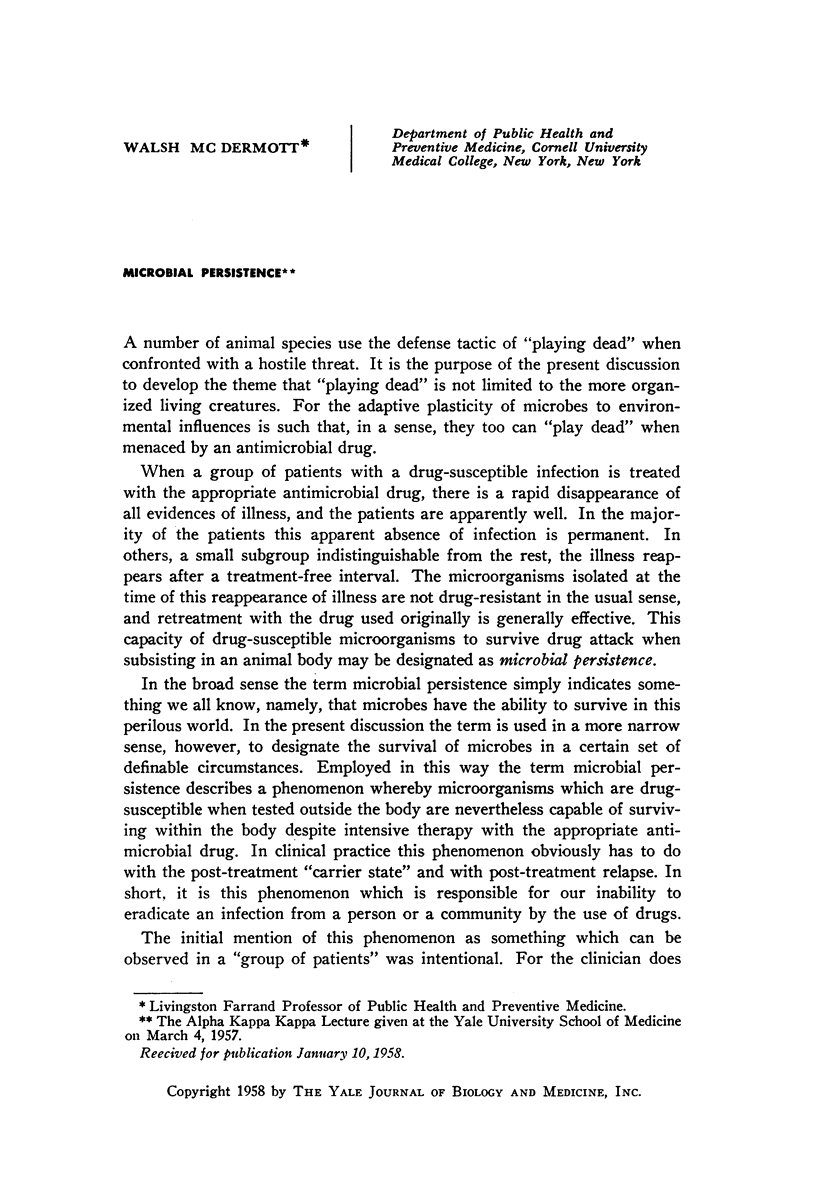
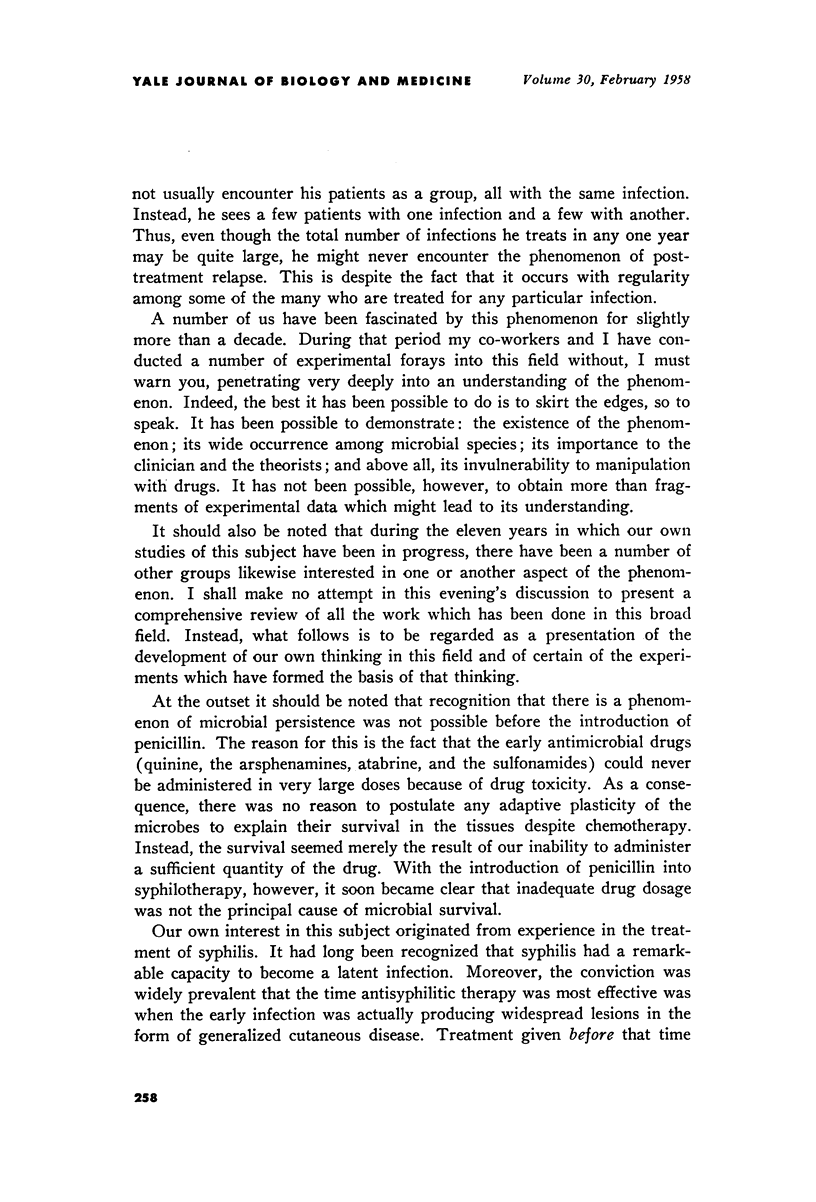
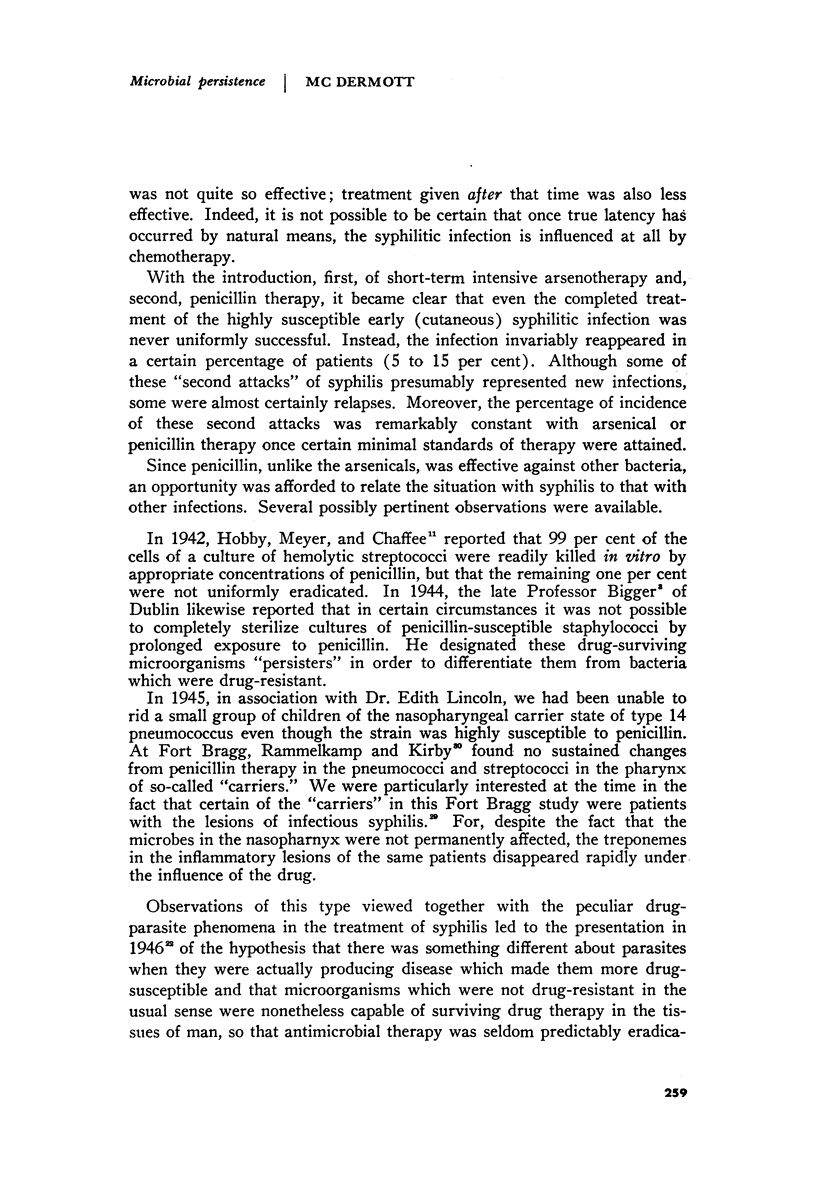
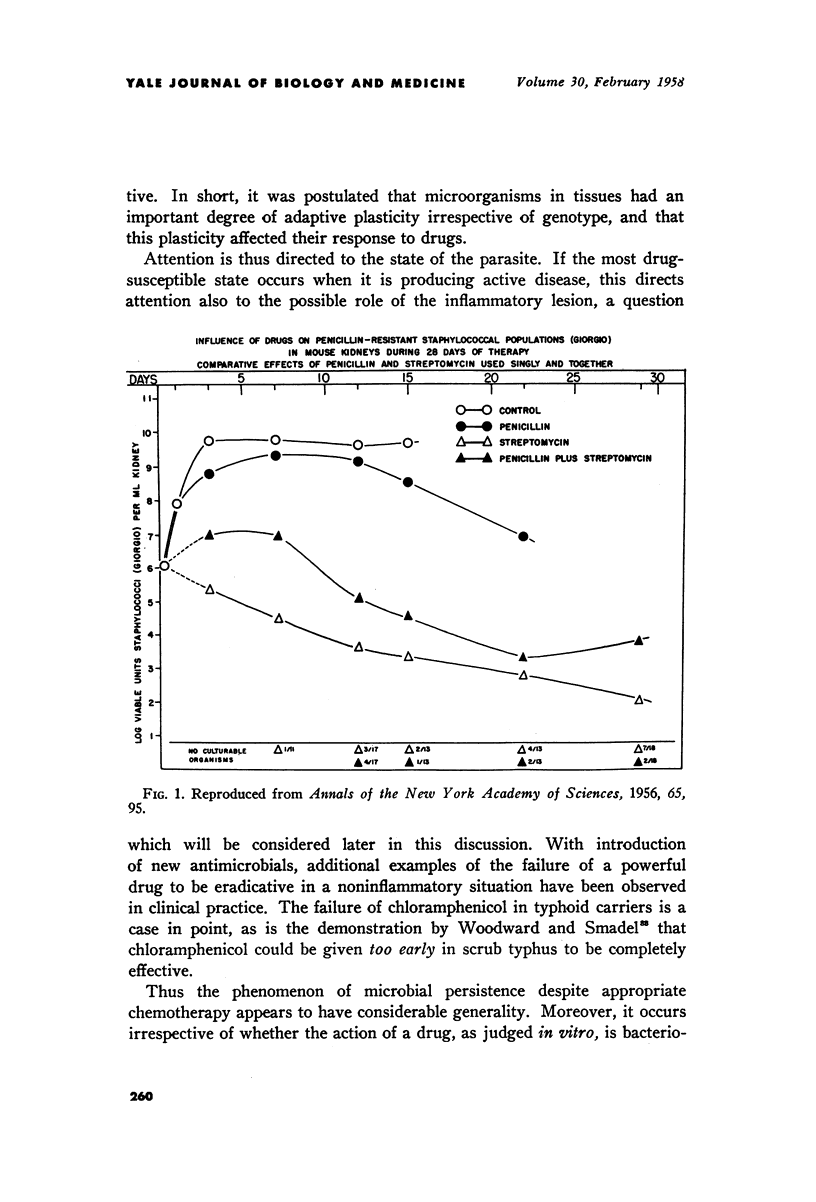
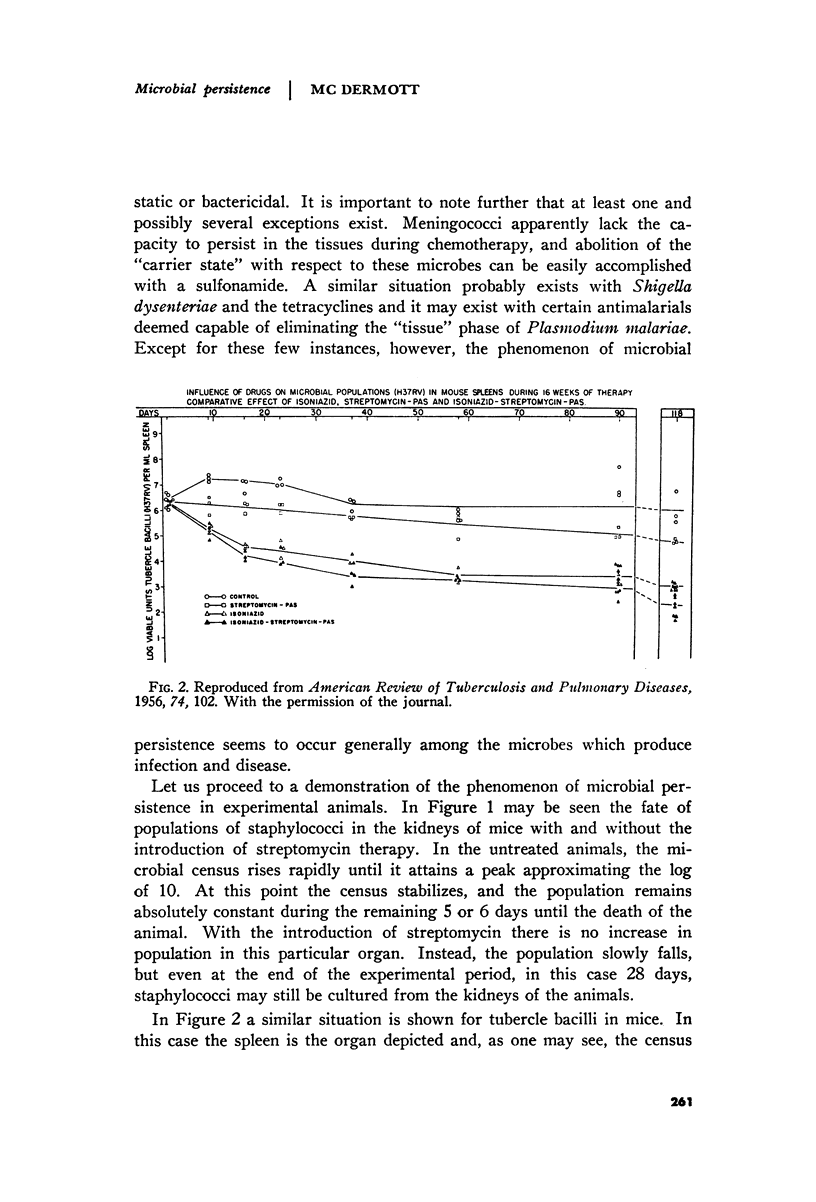

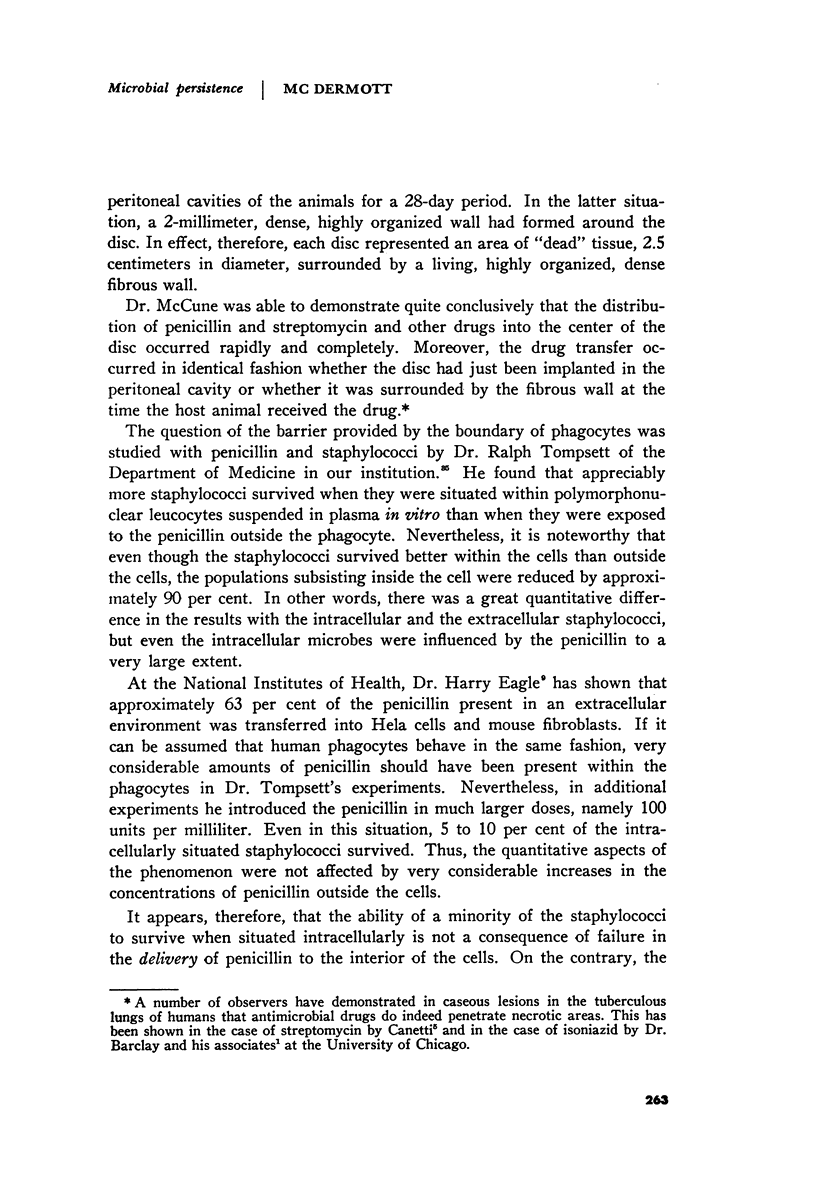
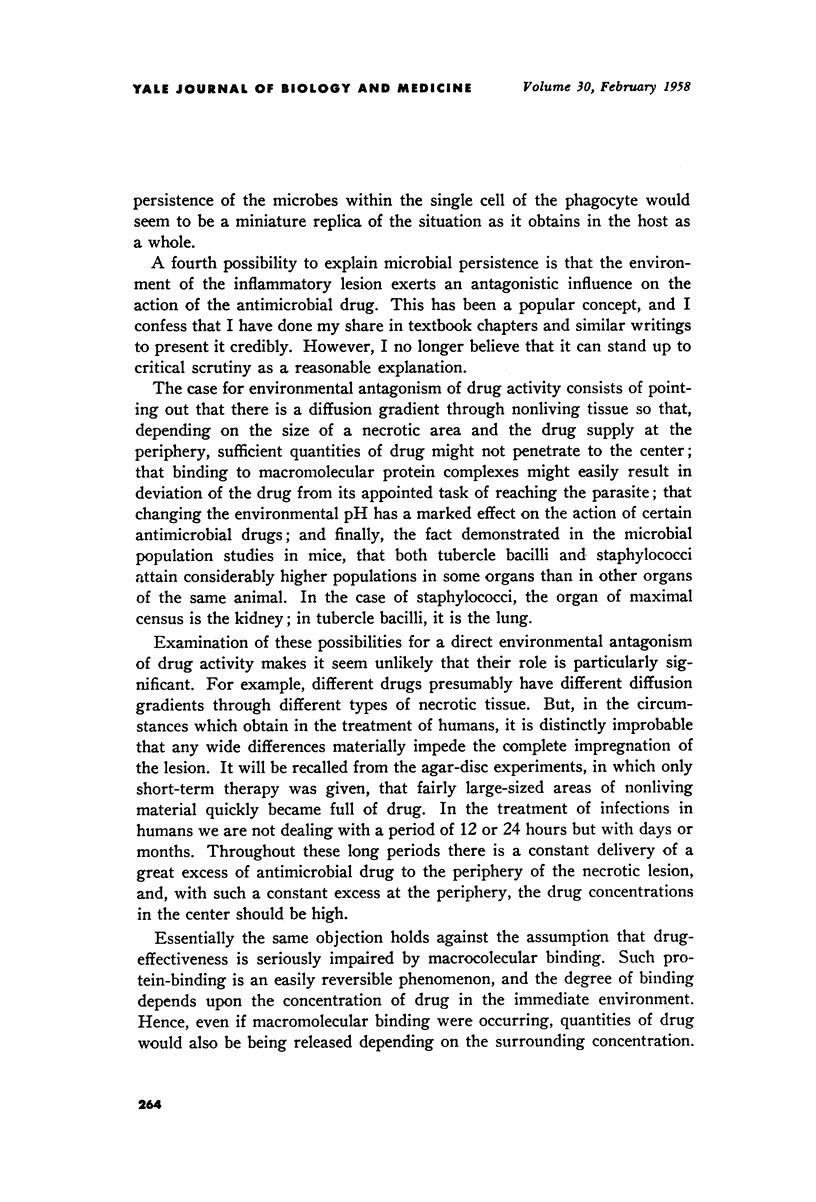
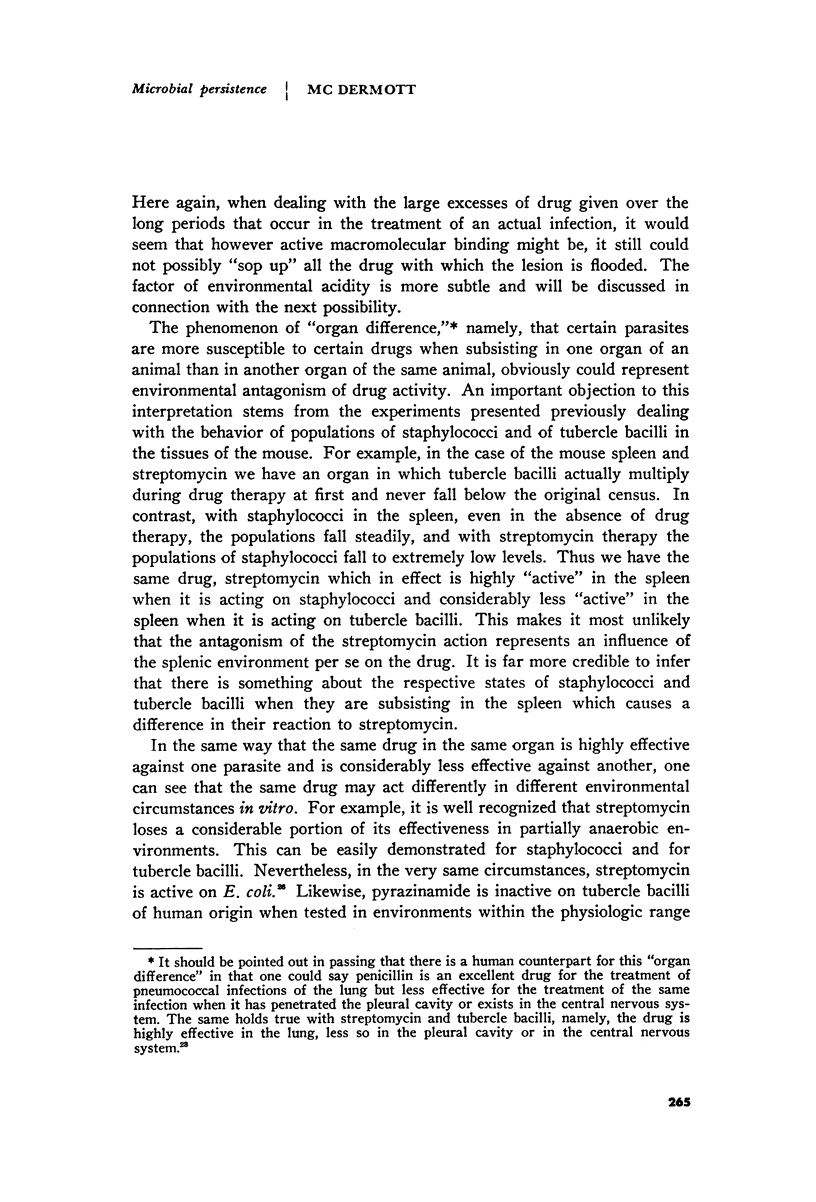
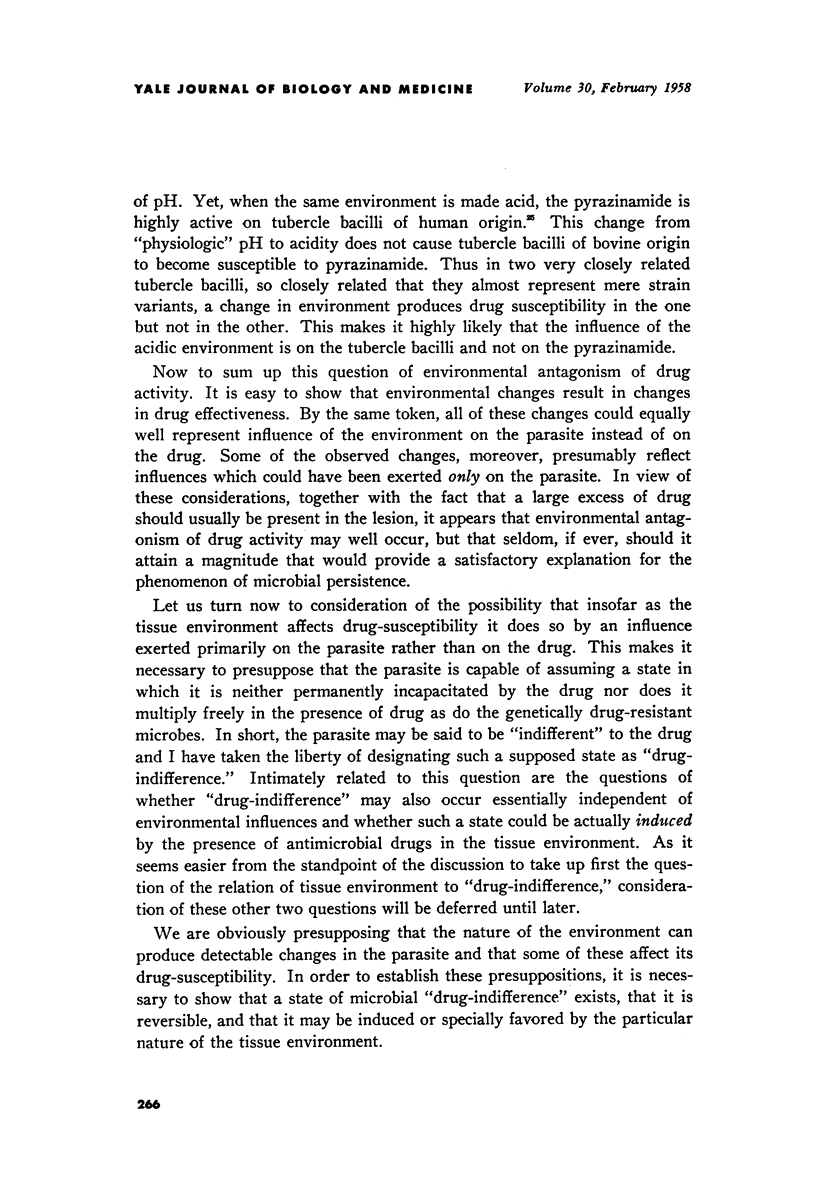




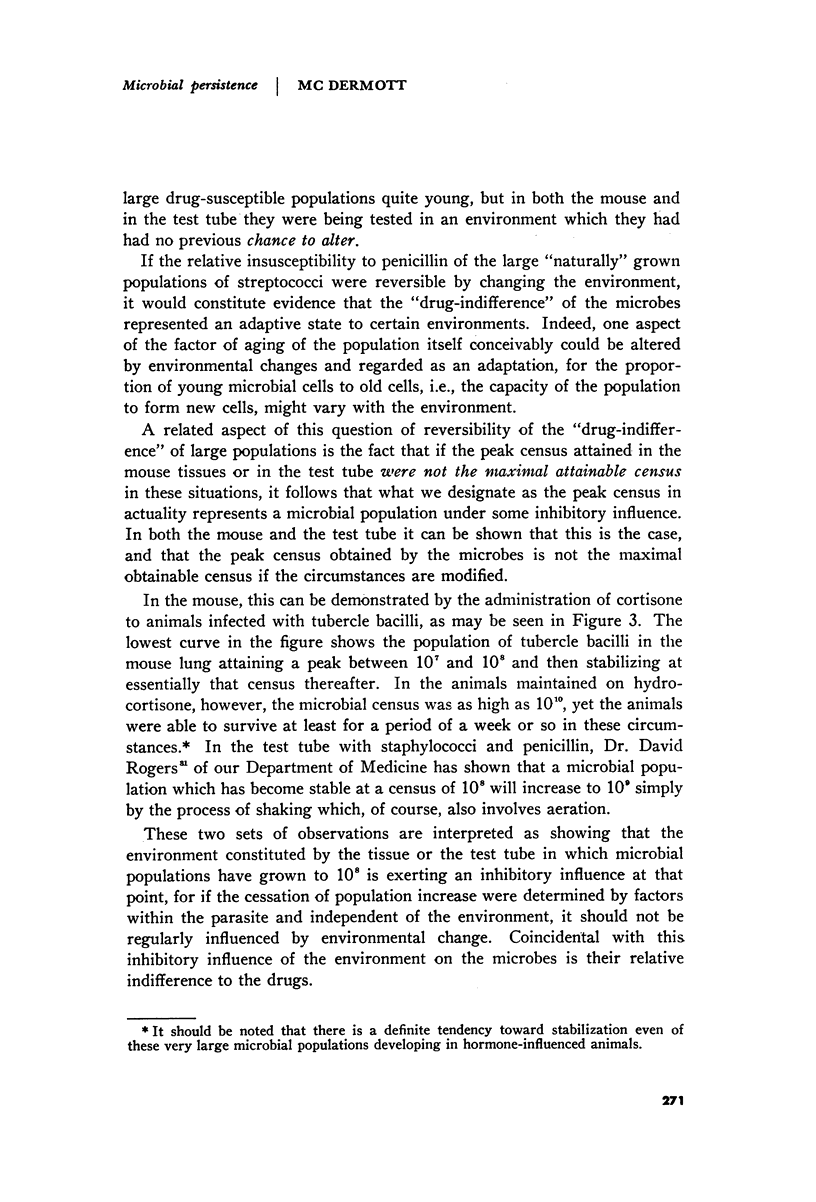


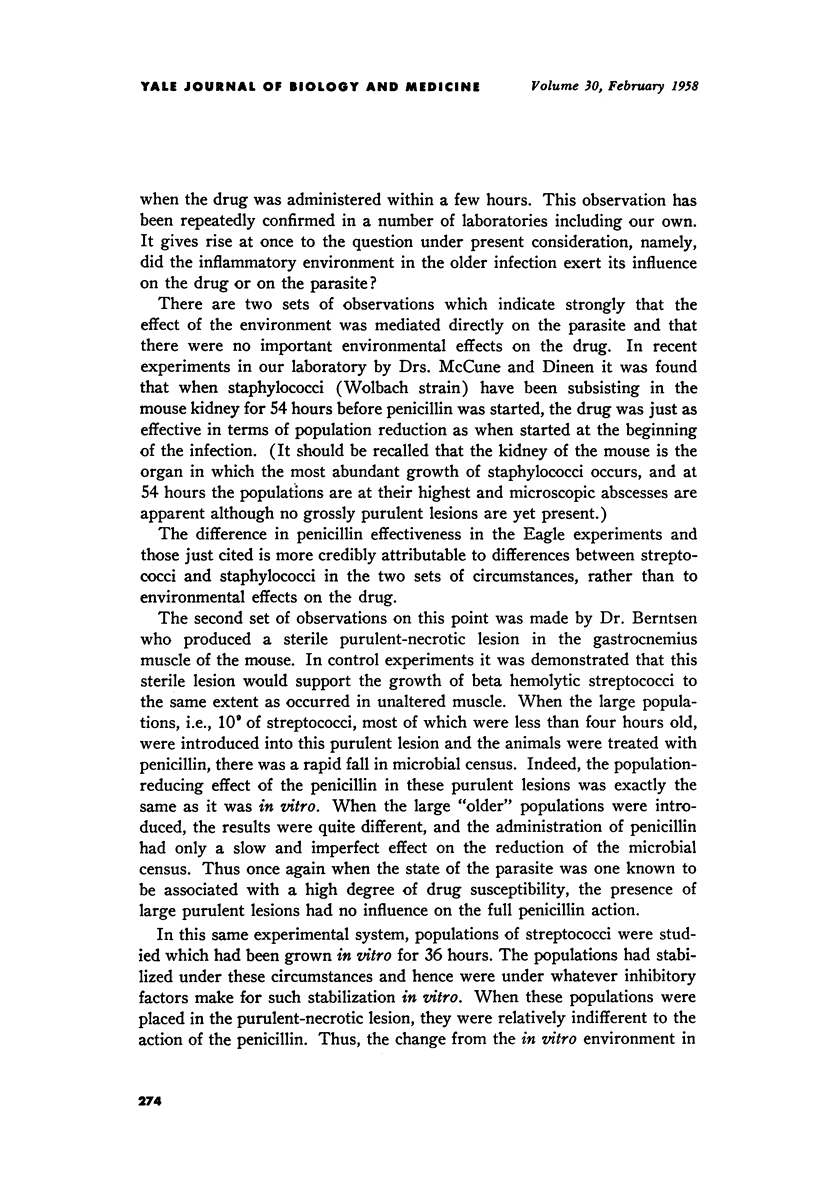
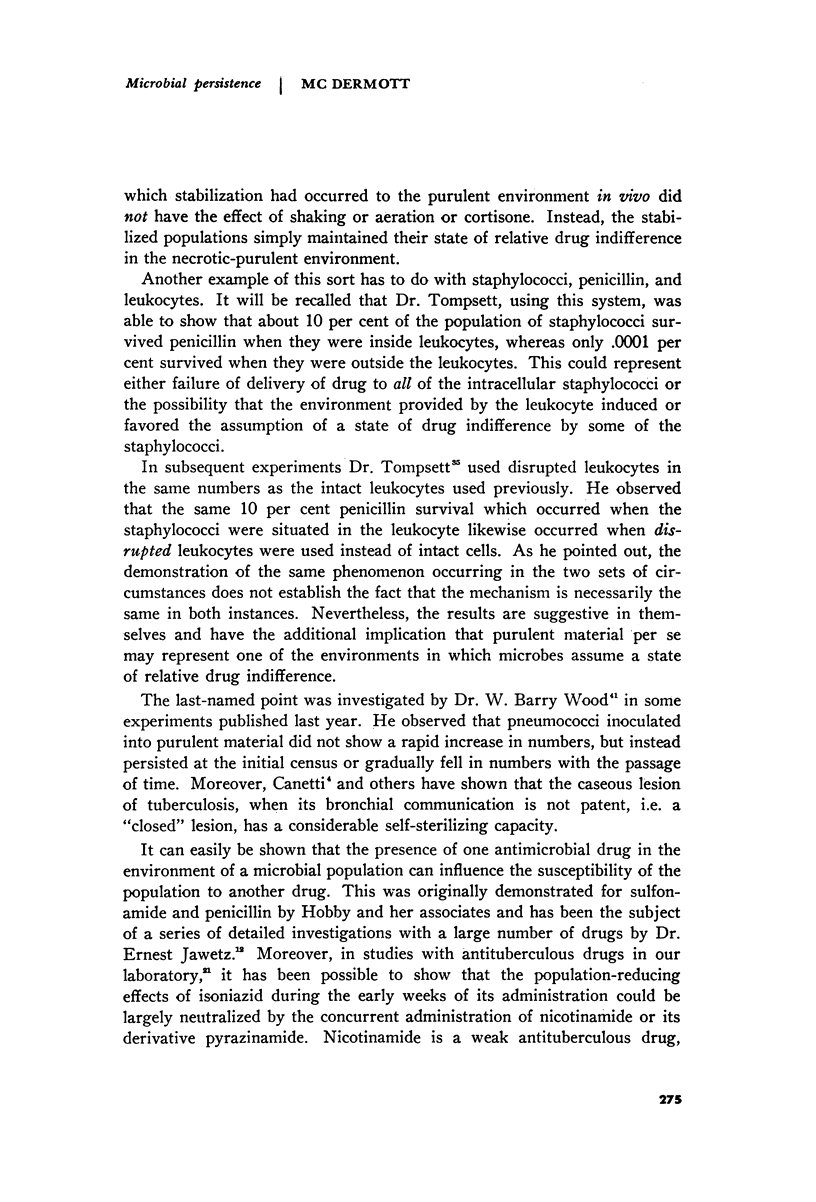
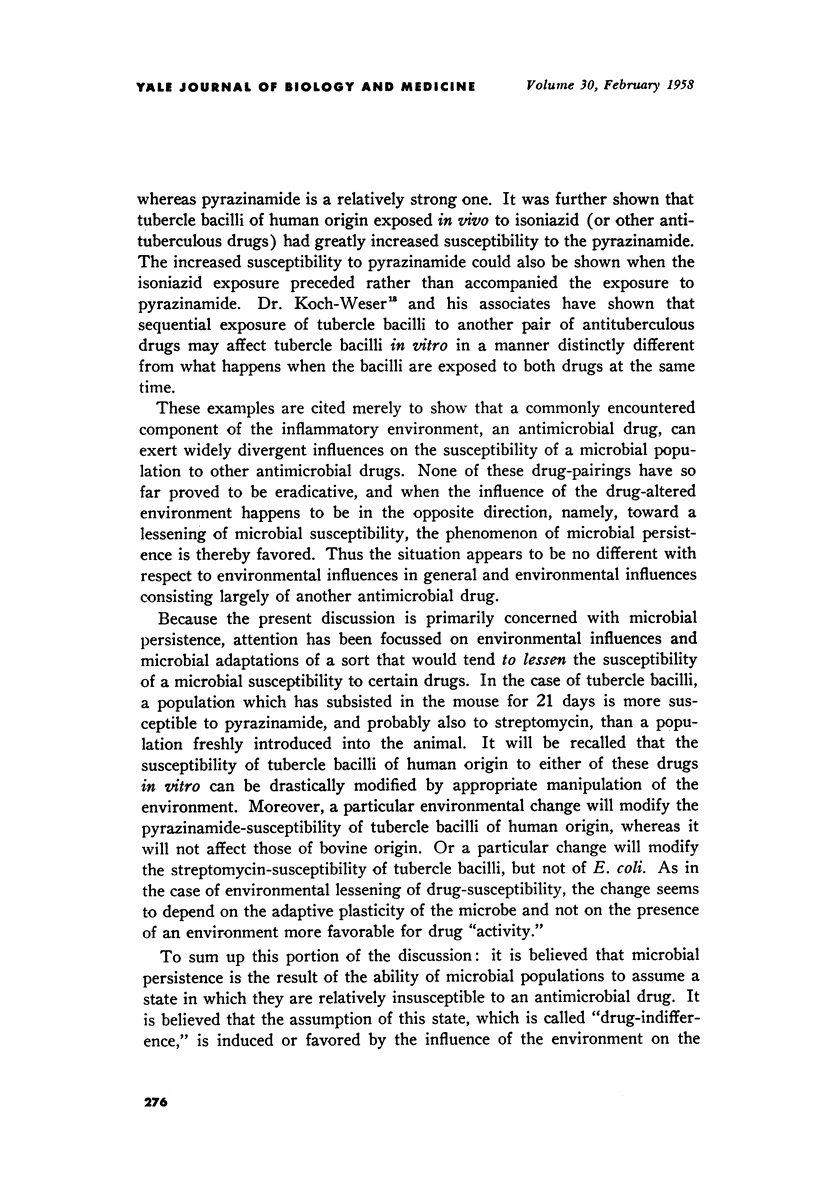




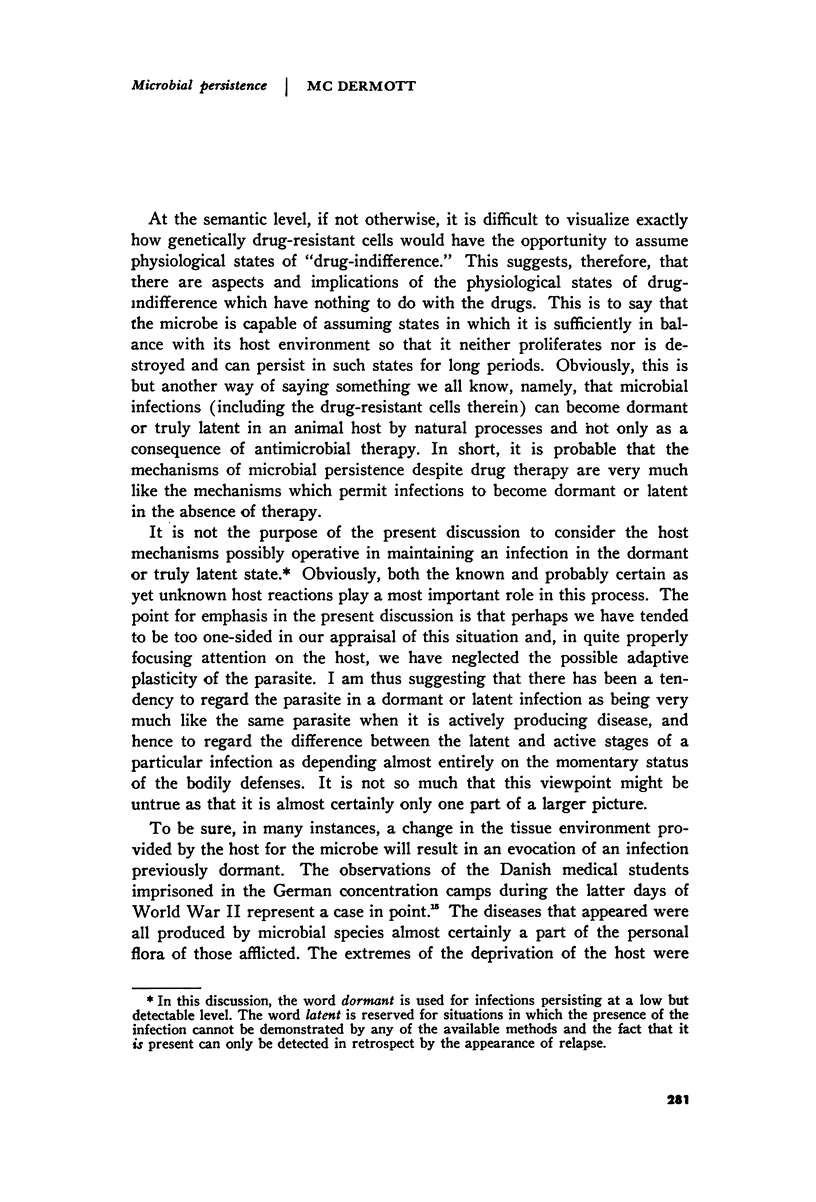
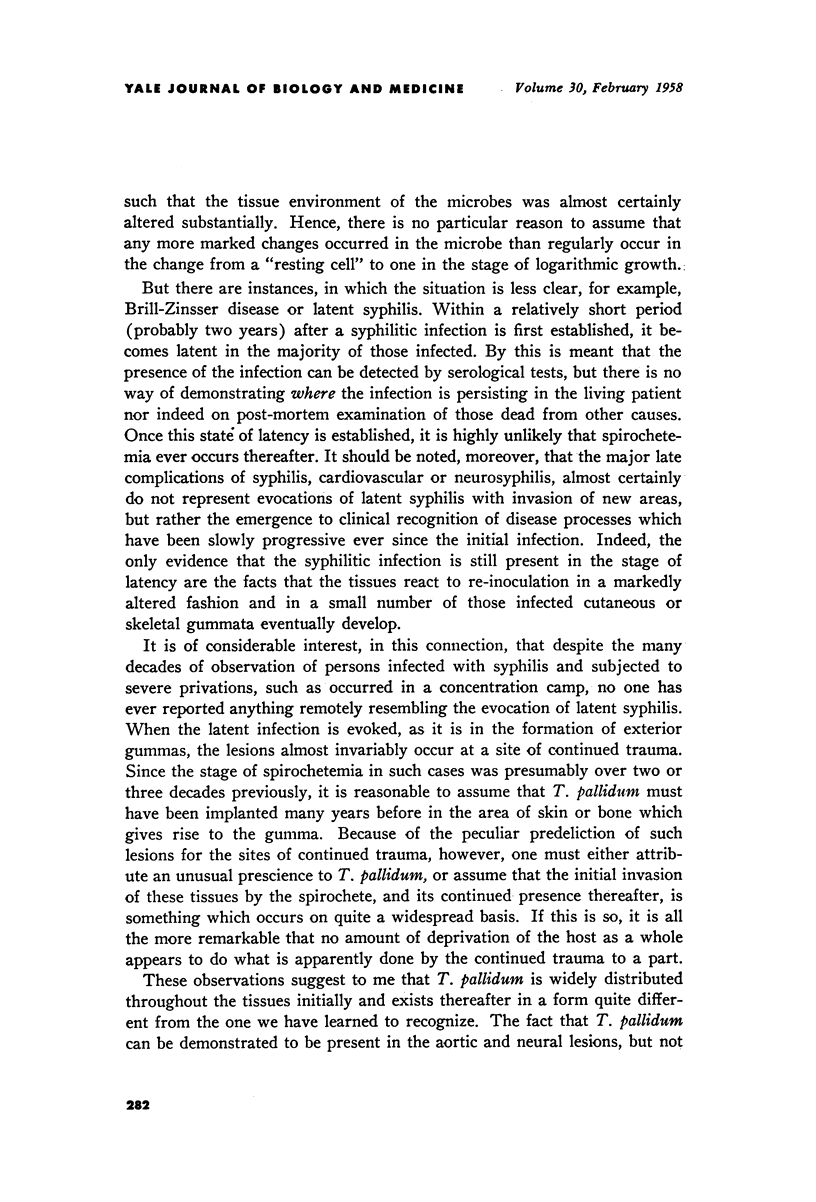


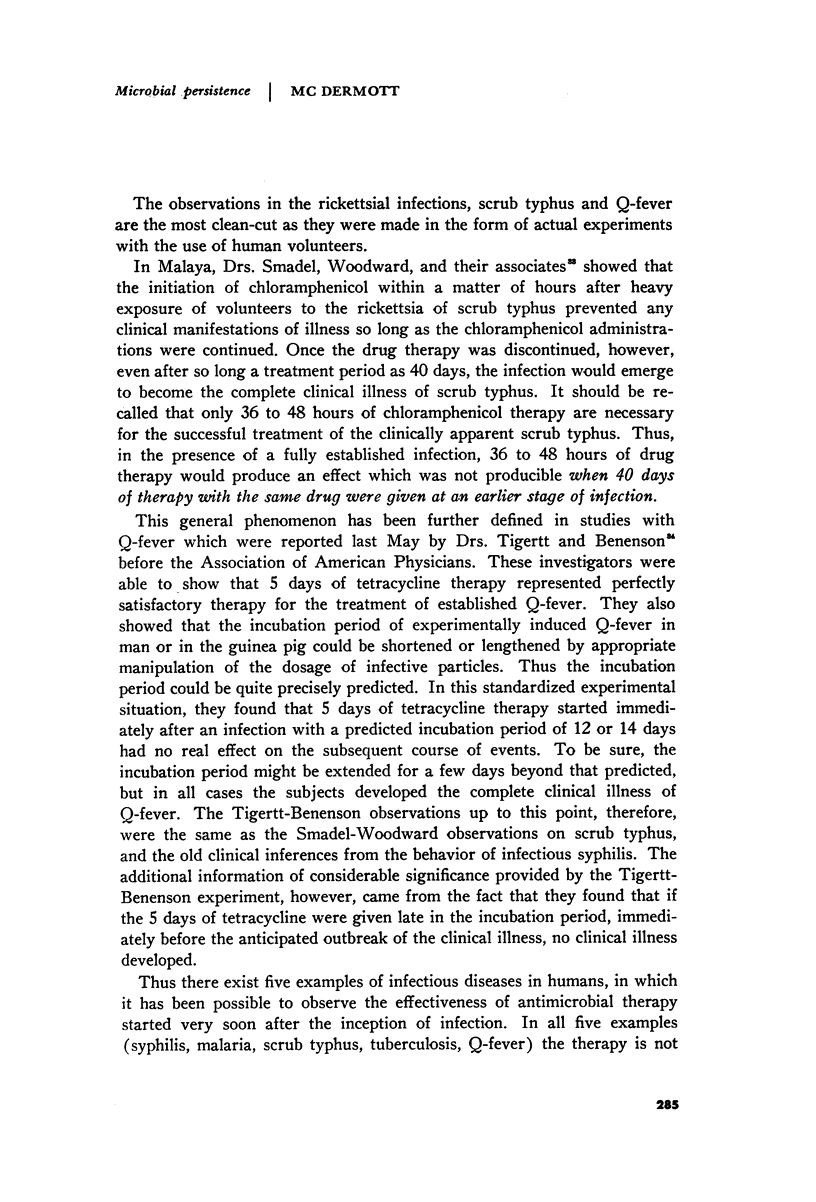
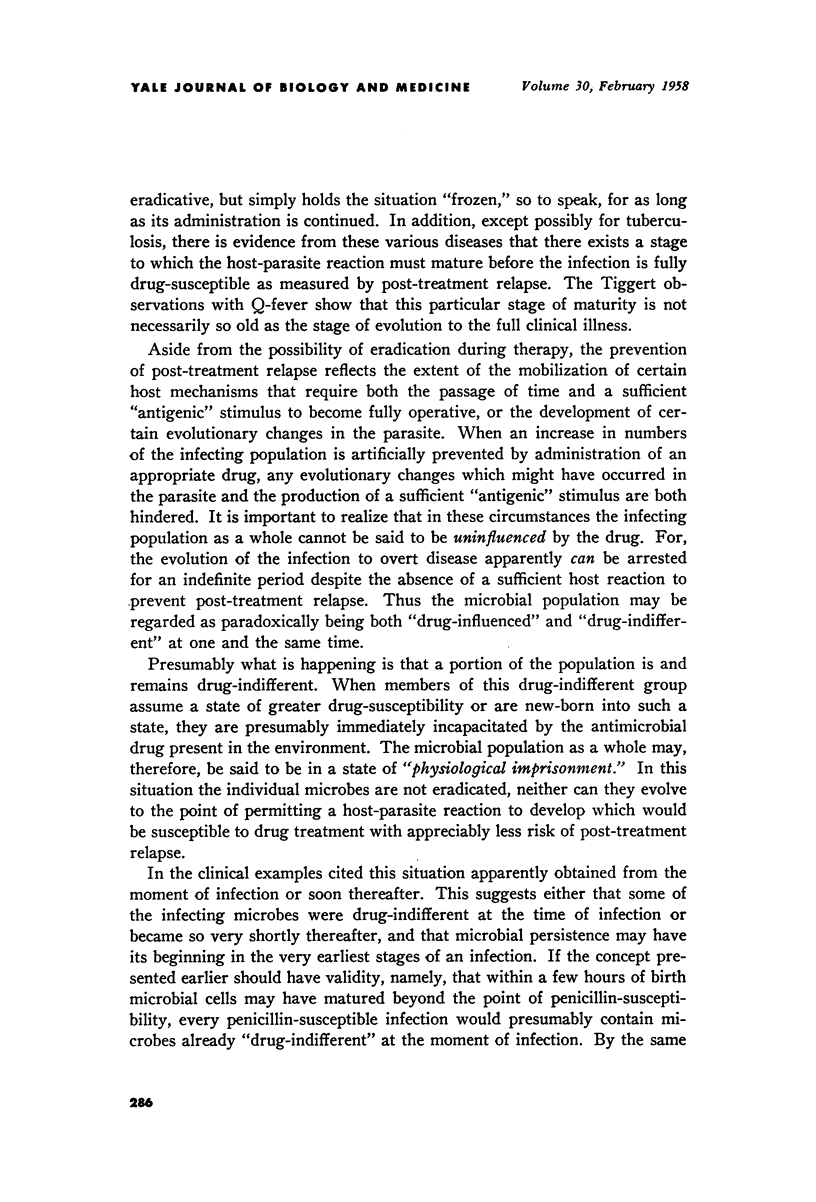


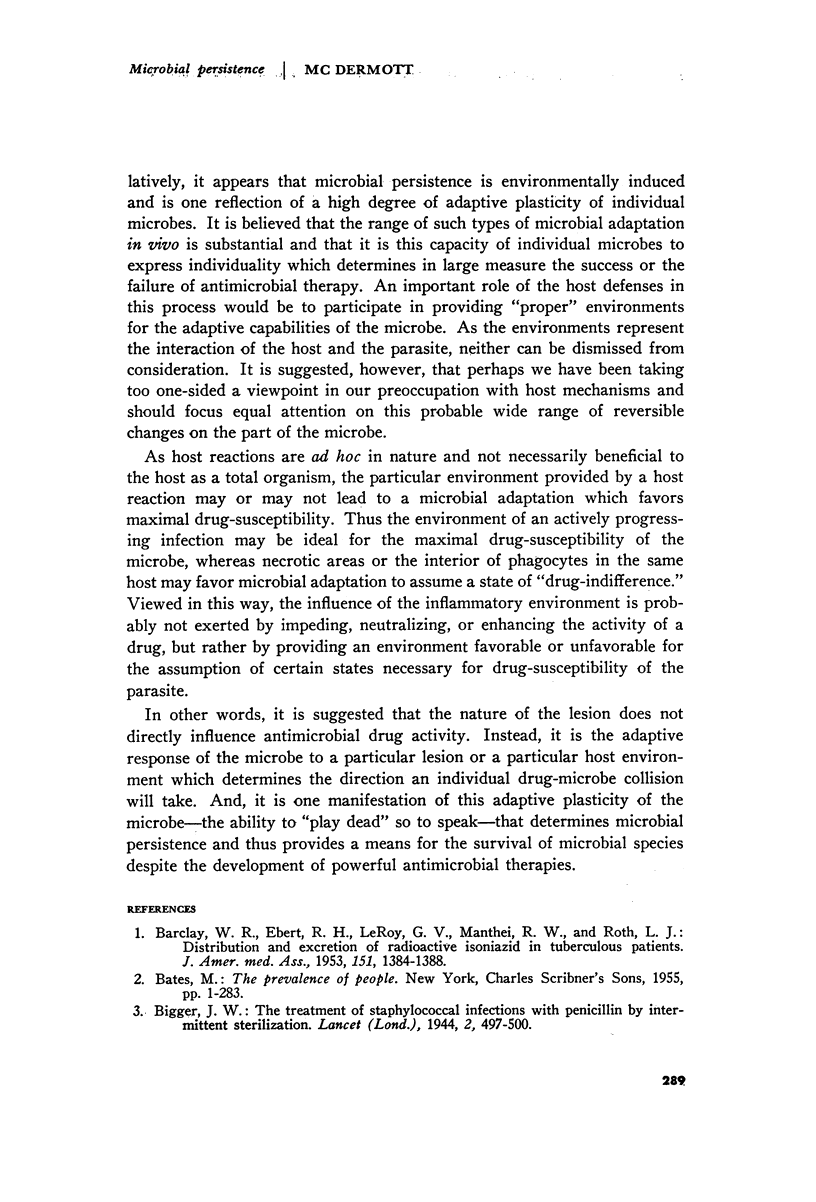

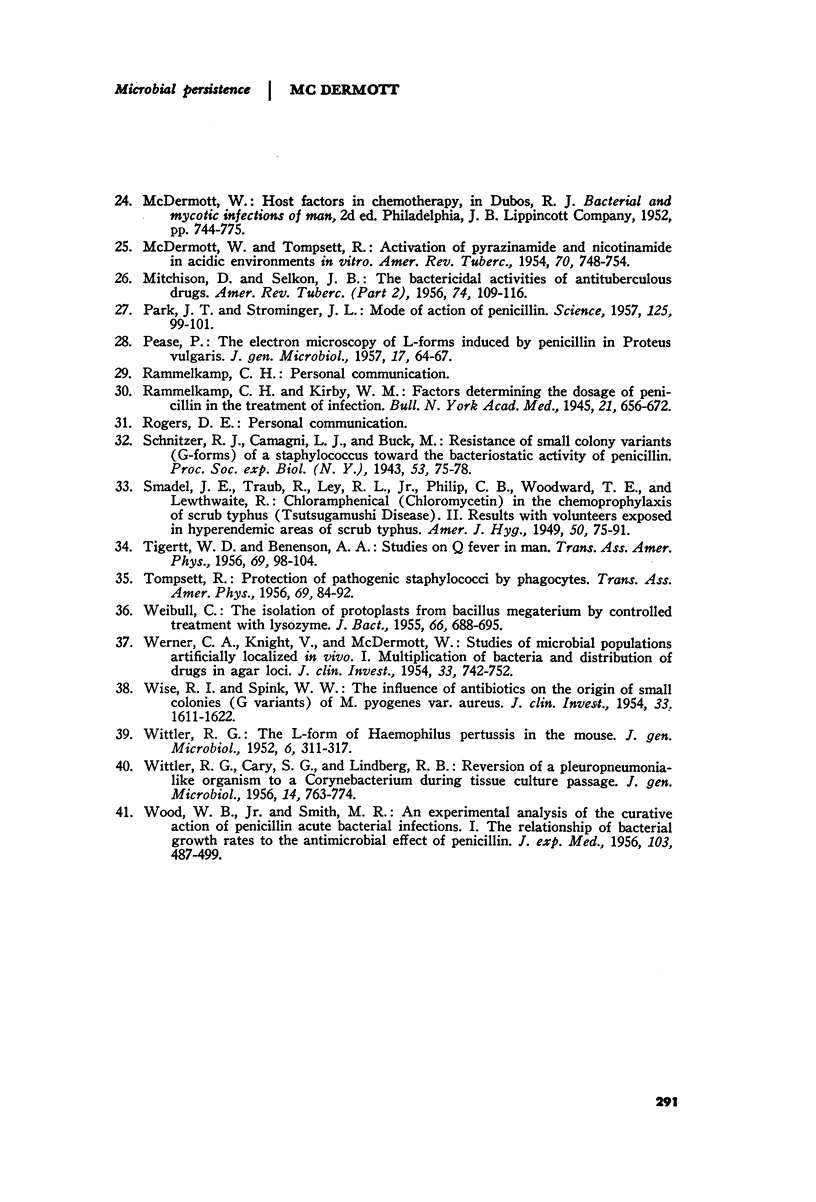
Selected References
These references are in PubMed. This may not be the complete list of references from this article.
- BARCLAY W. R., EBERT R. H., LE ROY G. V., MANTHEI R. W., ROTH L. J. Distribution and excretion of radioactive isoniazid in tuberculous patients. J Am Med Assoc. 1953 Apr 18;151(16):1384–1388. [PubMed] [Google Scholar]
- BENENSON A. S., TIGERTT W. D. Studies on Q fever in man. Trans Assoc Am Physicians. 1956;69:98–104. [PubMed] [Google Scholar]
- CANETTI G., GEORGOPOULOS G. Etudes sur l'isoniazido-résistance et la streptomycino-résistance du bacille de Koch dans les lésions tuberculeuses du poumon traitées par exérèse après chimiothérapie. I. Fréquence de la résistance en fonction de la durée de la chimiothérapie; une étude de 285 cas. Rev Tuberc. 1955 Oct;19(8-9):927–946. [PubMed] [Google Scholar]
- CIAK J., HAHN F. E. Penicillin-induced lysis of Escherichia coli. Science. 1957 Jan 18;125(3238):119–120. doi: 10.1126/science.125.3238.119. [DOI] [PubMed] [Google Scholar]
- EAGLE H. Experimental approach to the problem of treatment failure with penicillin. I. Group A streptococcal infection in mice. Am J Med. 1952 Oct;13(4):389–399. doi: 10.1016/0002-9343(52)90293-3. [DOI] [PubMed] [Google Scholar]
- EAGLE H. The binding of penicillin in relation to its cytotoxic action. III. The binding of penicillin by mammalian cells in tissue culture (HeLa and L strains). J Exp Med. 1954 Jul 1;100(1):117–124. doi: 10.1084/jem.100.1.117. [DOI] [PMC free article] [PubMed] [Google Scholar]
- HELWEG-LARSEN P., HOFFMEYER H., KIELER J., HESS THAYSEN E., HESS THAYSEN J., THYGESEN P., HERTEL WULFF M. Famine disease in German concentration camps; complications and sequels, with special reference to tuberculosis, mental disorders and social consequences. Acta Psychiatr Neurol Scand Suppl. 1952;83:1–460. [PubMed] [Google Scholar]
- JAWETZ E., GUNNISON J. B. Antibiotic synergism and antagonism; an assessment of the problem. Pharmacol Rev. 1953 Jun;5(2):175–192. [PubMed] [Google Scholar]
- LACK C. H. The pathogenesis of tuberculosis. Postgrad Med J. 1953 Jul;29(333):340–341. doi: 10.1136/pgmj.29.333.340. [DOI] [PMC free article] [PubMed] [Google Scholar]
- LEDERBERG J. Mechanism of action of penicillin. J Bacteriol. 1957 Jan;73(1):144–144. doi: 10.1128/jb.73.1.144-144.1957. [DOI] [PMC free article] [PubMed] [Google Scholar]
- LeMAISTRE C., TOMPSETT R. The emergence of pseudotuberculosis in rats given cortisone. J Exp Med. 1952 Apr;95(4):393–408. doi: 10.1084/jem.95.4.393. [DOI] [PMC free article] [PubMed] [Google Scholar]
- MCCUNE R. M., Jr, MCDERMOTT W., TOMPSETT R. The fate of Mycobacterium tuberculosis in mouse tissues as determined by the microbial enumeration technique. II. The conversion of tuberculous infection to the latent state by the administration of pyrazinamide and a companion drug. J Exp Med. 1956 Nov 1;104(5):763–802. doi: 10.1084/jem.104.5.763. [DOI] [PMC free article] [PubMed] [Google Scholar]
- MITCHISON D. A., SELKON J. B. The bactericidal activities of antituberculous drugs. Am Rev Tuberc. 1956 Aug;74(2 Pt 2):109-16; discussion, 116-23. doi: 10.1164/artpd.1956.74.2-2.109. [DOI] [PubMed] [Google Scholar]
- McCUNE R., LEE S. H., DEUSCHLE K., McDERMOTT W. Ineffectiveness of isoniazid in modifying the phenomenon of microbial persistence. Am Rev Tuberc. 1957 Dec;76(6):1106–1109. doi: 10.1164/artpd.1957.76.6.1106. [DOI] [PubMed] [Google Scholar]
- McDERMOTT W., TOMPSETT R. Activation of pyrazinamide and nicotinamide in acidic environments in vitro. Am Rev Tuberc. 1954 Oct;70(4):748–754. doi: 10.1164/art.1954.70.4.748. [DOI] [PubMed] [Google Scholar]
- PARK J. T., STROMINGER J. L. Mode of action of penicillin. Science. 1957 Jan 18;125(3238):99–101. doi: 10.1126/science.125.3238.99. [DOI] [PubMed] [Google Scholar]
- PEASE P. The electron microscopy of L-forms induced by penicillin in Proteus vulgaris. J Gen Microbiol. 1957 Aug;17(1):64–67. doi: 10.1099/00221287-17-1-64. [DOI] [PubMed] [Google Scholar]
- Rammelkamp C. H., Kirby W. M. Factors Determining the Dosage of Penicillin in the Treatment of Infections. Bull N Y Acad Med. 1945 Dec;21(12):656–672. [PMC free article] [PubMed] [Google Scholar]
- SMADEL J. E., TRAUB R. Chloramphenicol in the chemoprophylaxis of scrub typhus; results with volunteers exposed in hyperendemic areas of scrub typhus. Am J Hyg. 1949 Jul;50(1):75–91. doi: 10.1093/oxfordjournals.aje.a119347. [DOI] [PubMed] [Google Scholar]
- TOMPSETT R. Protection of pathogenic staphylococci by phagocytes. Trans Assoc Am Physicians. 1956;69:84–92. [PubMed] [Google Scholar]
- WEIBULL C. The isolation of protoplasts from Bacillus megaterium by controlled treatment with lysozyme. J Bacteriol. 1953 Dec;66(6):688–695. doi: 10.1128/jb.66.6.688-695.1953. [DOI] [PMC free article] [PubMed] [Google Scholar]
- WERNER C. A., KNIGHT V., McDERMOTT W. Studies of microbial populations artificially localized in vivo. I. Multiplication of bacteria and distribution of drugs in agar loci. J Clin Invest. 1954 May;33(5):742–752. doi: 10.1172/JCI102943. [DOI] [PMC free article] [PubMed] [Google Scholar]
- WISE R. I., SPINK W. W. The influence of antibiotics on the origin of small colonies (G variants) of Micrococcus pyogenes var. aureus. J Clin Invest. 1954 Dec;33(12):1611–1622. doi: 10.1172/JCI103041. [DOI] [PMC free article] [PubMed] [Google Scholar]
- WITTLER R. G., CARY S. G., LINDBERG R. B. Reversion of a pleuropneumonia-like organism to a Corynebacterium during tissue culture passage. J Gen Microbiol. 1956 Jul;14(3):763–774. doi: 10.1099/00221287-14-3-763. [DOI] [PubMed] [Google Scholar]
- WITTLER R. G. The L-form of Haemophilus pertussis in the mouse. J Gen Microbiol. 1952 May;6(3-4):311–317. doi: 10.1099/00221287-6-3-4-311. [DOI] [PubMed] [Google Scholar]
- WOOD W. B., Jr, SMITH M. R. An experimental analysis of the curative action of penicillin in acute bacterial infections. I. The relationship of bacterial growth rates to the antimicrobial effect of penicillin. J Exp Med. 1956 Apr 1;103(4):487–498. doi: 10.1084/jem.103.4.487. [DOI] [PMC free article] [PubMed] [Google Scholar]


